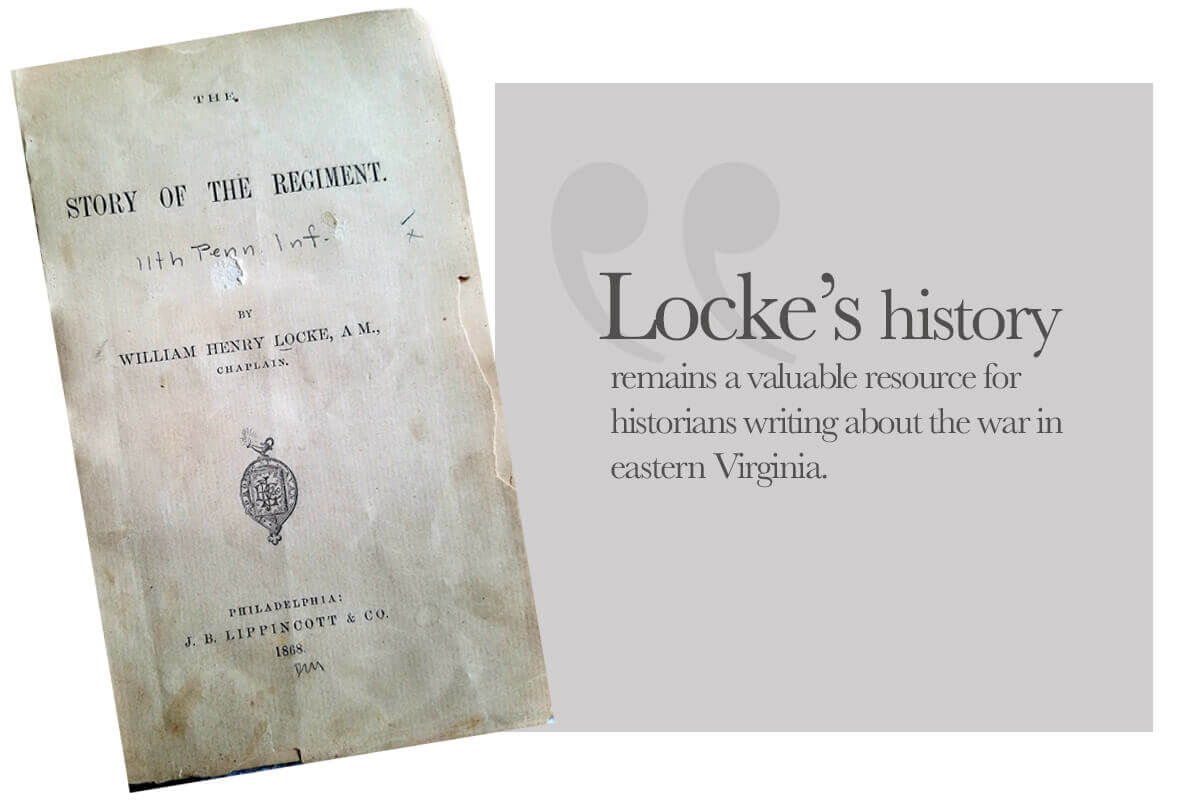The 11th Pennsylvania Volunteer Infantry was one of the Union army’s most storied regiments. Organized in the spring of 1861, the regiment fought in many of conflict’s iconic battles in the war’s eastern theater. Three years after the Civil War’s end, regimental chaplain William Locke published his regimental history. While Locke’s history remains a valuable resource for historians writing about the war in eastern Virginia, historians who write about the conflict in the Valley, particularly the war’s first year in the region, have sadly ignored it.
Locke’s history offers valuable insight into the movement and operations of Union Gen. Robert Patterson’s army in the Valley in the late spring and early summer of 1861 in the Northern Shenandoah Valley. Additionally, this volume provides important information about the role African Americans played in the conflict’s early months. Of particular note is Locke’s discussion of a slave from Berkeley County (now West Virginia) who fled to Patterson’s command and offered information about Confederate troops in the area. The enslaved man hoped that in exchange for the intelligence, Patterson would permit the slave to flee north. Although appreciative of the information, Patterson returned the slave to his master, noting that federal policy would not allow Union troops to aid slaves in fleeing.
Locke’s regimental history then is more than merely a discussion of the story of one regiment, but sheds light on one of the most understudied years of the conflict in the Valley and the complexities of life for African Americans in the Shenandoah Valley during the Civil War’s opening months.




